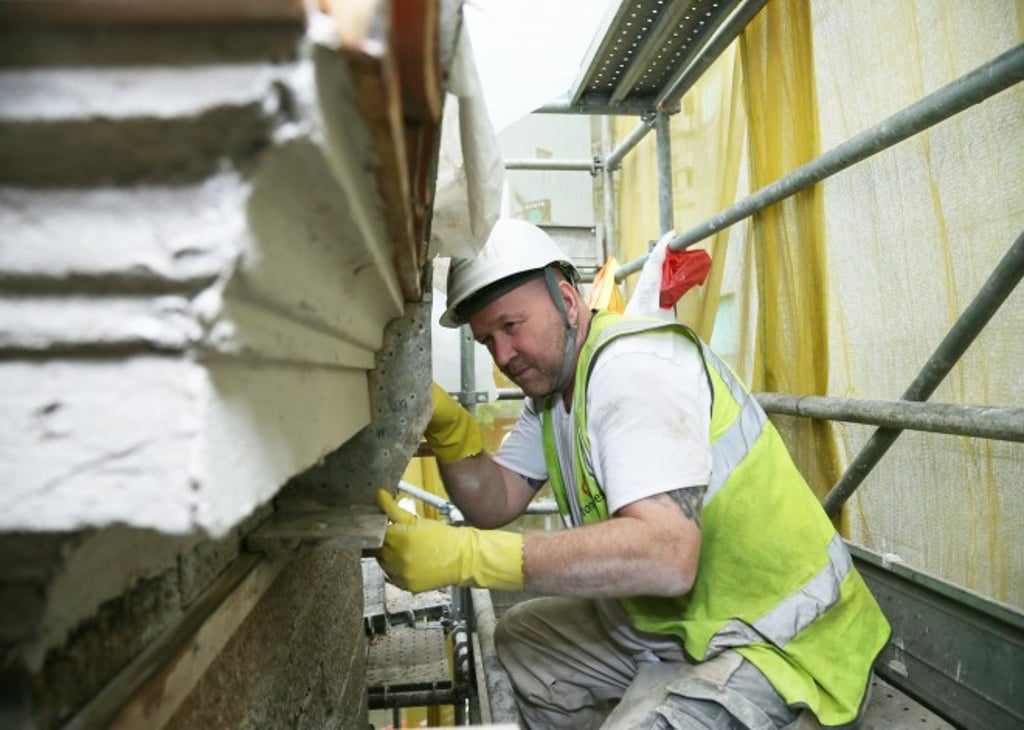Striking A Balance Between Heritage Conservation and Revitalisation

[Sponsored Article]
Standing in the heart of Central, Tai Kwun – Centre for Heritage and Arts celebrates its first anniversary tomorrow (25 May). In just one year, this historic site has firmly established itself as a new landmark, combining both heritage and contemporary arts.
Tai Kwun, the historic building cluster of the Central Police Station compound, traces its history back to 1841. Since 2008, its revitalisation has been led by The Hong Kong Jockey Club in partnership with the HKSAR government. In conserving the declared monuments, the project team engaged by the Club endeavoured to strike a delicate balance between preserving their history while revitalising the site to create a new and vibrant identity for Tai Kwun.
As the largest heritage conservation and revitalisation project in Hong Kong, Tai Kwun encountered many challenges. In drawing up a conservation plan, the project team not only observed the standards set by the Hong Kong Antiquities and Monuments Office, but also adhered to international conservation standards. Throughout the revitalisation process, three important principles were observed: public safety, authenticity with respect to Tai Kwun’s original appearance, and the integration of old and new architecture.
Safety first
